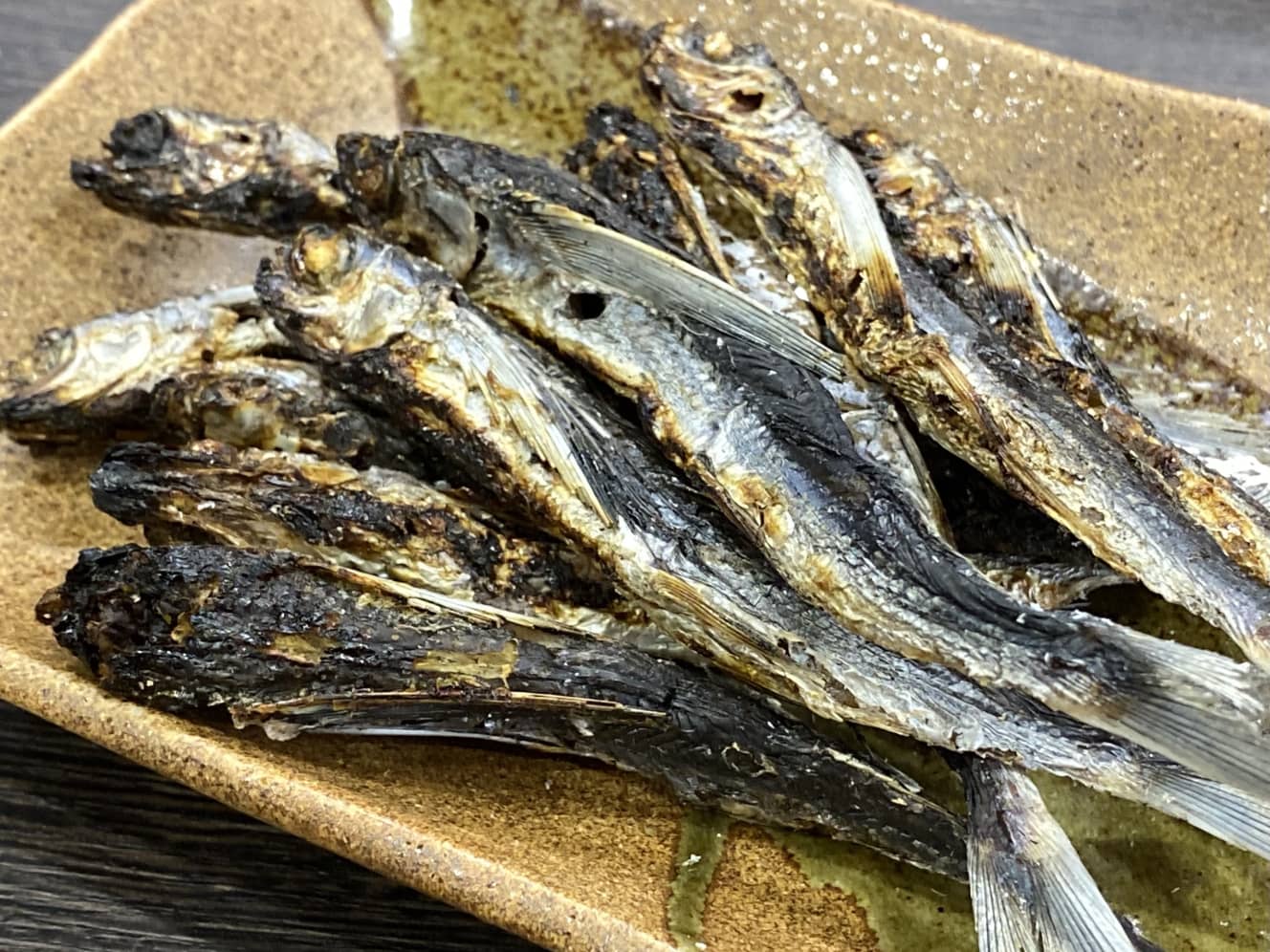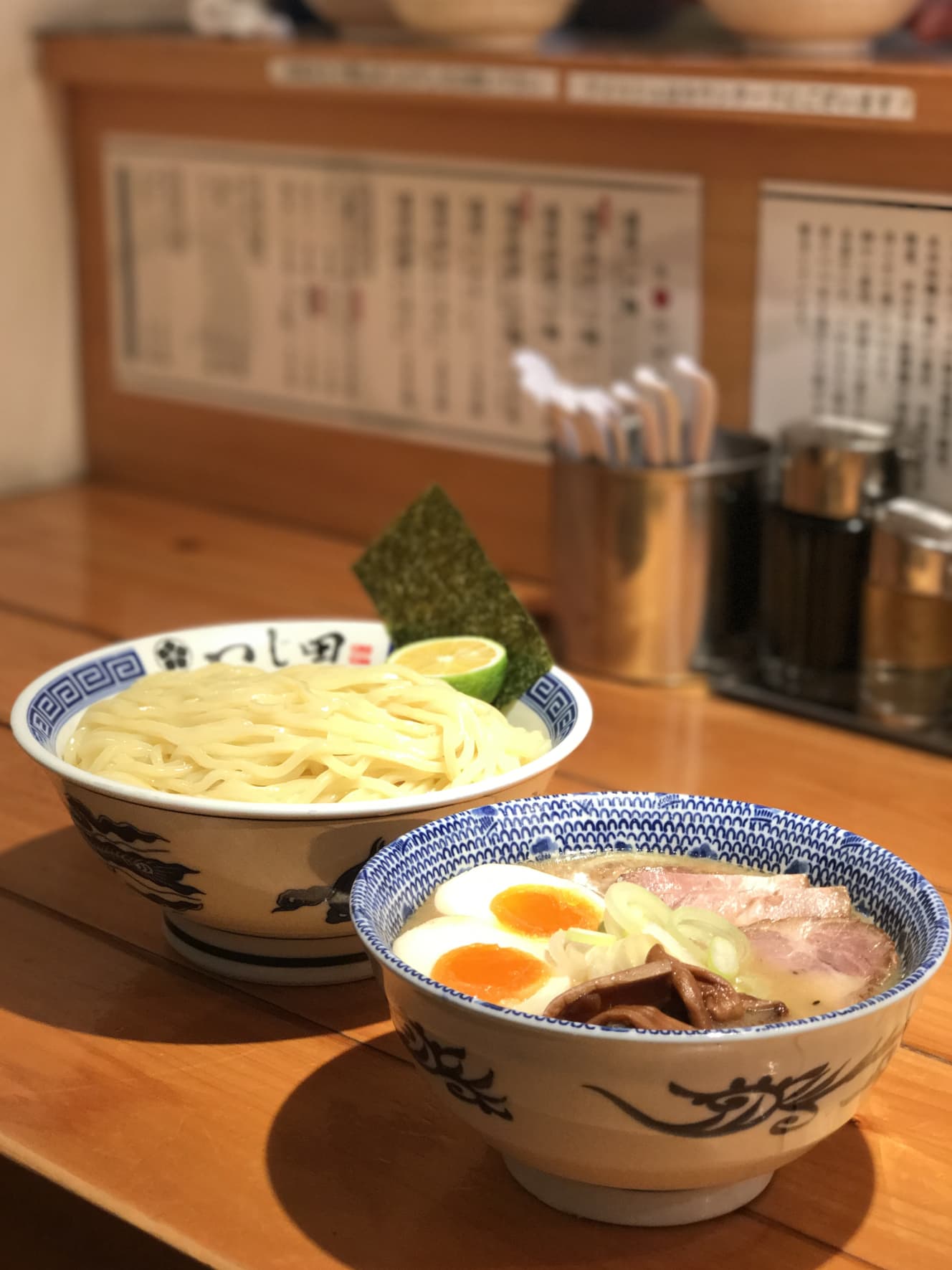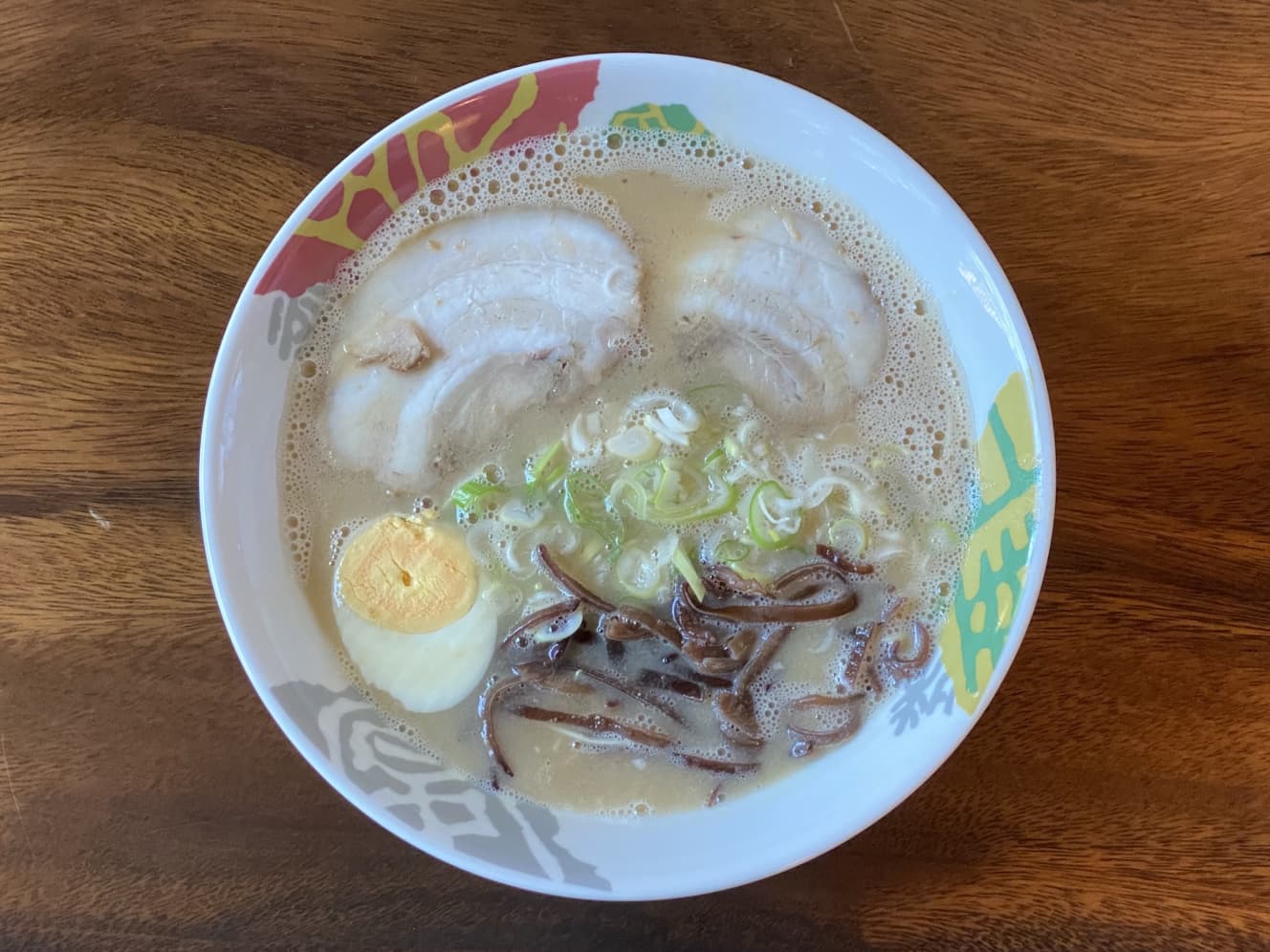Continuing price hikes… Can ramen surpass the “1,000 yen barrier?
The “1,000-yen barrier” that exists in the ramen industry
In the ramen industry, there has long been a “1,000-yen barrier,” meaning that the price of a bowl of ramen cannot exceed 1,000 yen. This means that the price of a bowl of ramen cannot exceed 1,000 yen, and it is undeniable that behind this barrier lies a kind of “curse” on the part of both customers and restaurants that “ramen is cheap food.
In the past, ramen served in Chinese restaurants used the same broth as that used for a la carte dishes. They were not particular about soy sauce or noodles, and the ingredients were the same as those used in other dishes. Ramen was a dish that could be made without any new labor or cost. That is why it was possible to offer it at a low price.
However, ramen has evolved to an astonishing degree with the advent of ramen specialty restaurants that serve only ramen. The soup is made exclusively for ramen, and the ingredients used are now of the highest quality and require more time and effort. It would be fair to say that ramen in the modern era is a different cuisine from the ramen of the past. However, many people’s awareness of ramen has not kept pace with its dramatic evolution and changes.
Jiro Yatogi, president of the popular ramen restaurant Menya Musashi, which has led the ramen boom, says that there is no other dish that requires as much time and effort as ramen but can be eaten for about 1,000 yen. However, he suspects that the “¥1,000 barrier” is created by the consumer mentality that “ramen is cheap.

Watanabe Juan, who runs several popular restaurants, including Watanabe (Takadanobaba) and Jimbocho Kayi (Jimbocho), points out that the problem is a “gap in perception” between those who make ramen and those who eat it. He says that ramen stores are unable to charge the prices they want to charge because of a “fear” that raising prices will reduce the number of customers.
Yoshimi Onishi, owner of “Uzu to Kaminari” (Fujisawa City), who was one of the first to overcome the “1,000-yen barrier,” says that he felt a “barrier” until he exceeded the 1,000-yen barrier, but after he did, it was “just a word” and he did not worry about it as much. However, he still feels that there is a gap between the customer and the restaurant.
The reason they are competing is because they are being compared with other restaurants, and I think the keyword for the future is whether or not they can bring irreplaceable “added value” to their restaurants. I think the key word for the future is “value-added”.
The value-added I think is “selling a dining experience. I believe that the key to value-added is to sell “food experiences.” I want people to experience new food experiences with all their senses that they cannot experience anywhere else. I believe that if we do this, we can break free from the world of price worries and comparisons with other restaurants.



Nowadays, ramen is not profitable even if it costs 1,000 yen.
Restaurants, especially those offering single items such as noodles and rice bowls for ¥1,000 or less, generally have a high cost ratio and low profit margins, a so-called thin-margin business model. Generally, the cost of ingredients in a ramen restaurant is estimated to be around 30%, to which labor, ground rent, utilities, and other expenses are added, resulting in a final profit of about 10%. For a bowl of ramen costing 800 yen, the cost of ingredients is 240 yen and the profit is 80 yen.
However, in today’s ramen stores, especially privately owned ones, the cost-to-sales ratio of ingredients can reach 40% or even 50%. They spend money on ingredients in order to serve more delicious food. However, since the price is too high to sell, they sell at a low price. If the selling price is 800 yen and the cost-to-sales ratio is 50%, the price is 400 yen. If you want to reduce the cost ratio from 400 yen to 30%, the selling price should be about 1,300 yen.
Yudai Tsujita, founder of the popular ramen restaurant “Tsujita,” which has many branches in Japan and abroad, says that he would like to charge 1,500 yen for his ramen if he did not care about customer awareness. However, due to the “1,000 barrier,” he has not been able to charge the price he wants. Currently, the prices at the Tsujita Ochanomizu branch are 950 yen for “thick tsukemen” and 900 yen for “thick ramen.
I think the 1,000-yen barrier exists. For example, when salarymen and other customers decide how much they want to spend for lunch, I think that within 1,000 yen is a standard for them. In Japan, where there are many cheap and tasty products such as convenience stores and beef bowls, I think it is difficult to raise prices.

Ken Watanabe, owner of the popular ryotei restaurant “Aburazan Sanso” (Fukuoka City), who also operates a ramen restaurant “Ramen-doro Maruhachi” on the premises of his ryotei, has set the price of a bowl of tonkotsu ramen at 1,000 yen. He has set the price at 1,000 yen for a bowl of tonkotsu ramen, an unusual price in Fukuoka, where the image of tonkotsu ramen as inexpensive is still very strong.
If you use frozen bones or a broth with little flavor, you can make it cheaper, but if you use fresh bones and try to serve a delicious dish, the price becomes this much. Of course, it took courage to charge 1,000 yen, but we prepare our ramen every day so that our customers don’t laugh at us for charging that price.

Price hikes are inevitable due to soaring food and labor costs
Every day there are news reports of price hikes for food and other products due to soaring prices of crude oil and food ingredients. A complex combination of factors, including stagnant imports due to the spread of the new coronavirus, increased demand from China, and rising transportation costs, have caused the prices of all kinds of foodstuffs to soar.
The price of wheat is up, the price of meat is up, the price of vegetables is up, and the price of seasonings is up. In addition, labor costs are also rising. However, in the case of ramen stores, the existence of the “1,000-yen barrier” makes it difficult to raise prices. As a result, the increase in the cost of sales directly leads to a decrease in profits.
I used to think that ramen should be a cheap food, but now I’m beginning to wonder if that’s not possible with the prices of everything going up so much. This time, we raised the price of ramen to 1,000 yen, which I think is a “reasonable” price. I would like to raise the price to 1,200 yen, but I don’t have the courage to do so yet.

For the sake of the ramen industry’s future, go beyond the wall.
Ramen stores, which have been able to maintain prices through corporate efforts and declining profits, are certainly changing their mindset due to successive increases in costs and labor costs. An increasing number of stores that have opened in recent years are now offering prices in excess of ¥1,000. And this should lead to a solution to the problem that has continued to plague the ramen and restaurant industries.
That problem is sustainability. Recently, there has been a string of restaurant closures due to the inability to carry on the business, and this is because restaurants are not an attractive business. Compared to other countries, eating out in Japan is extremely inexpensive. Take ramen as an example, a bowl of ramen in Europe and the United States is normally priced at 1,500 yen. In Japan, it is about half that amount. If sales do not increase, wages cannot be raised. Who would want to work in such an industry with such a harsh working environment and low wages? Considering the future of the ramen and restaurant industry, the price of eating out must be raised.
Jiro Yatogi of Menya Musashi says, “At Menya Musashi, we set our prices based on cost, so we think the current prices are appropriate, but considering the wages of our employees, we think it would be ideal if the prices were about 20% higher.
Jiro Yatogi of Menya Musashi says, “I feel that pricing based solely on the cost ratio is outdated, but I think that most restaurants are stuck there. At my restaurant, we invest in the environment and people, and we reflect that in the price of our ramen as well. Still, if I were allowed to state my ideal, I would like to set the price at 1,300 yen per bowl of ramen,” said Yoshimi Onishi of Uzuri and Kaminari.

Many of Japan’s best quality ingredients, such as tuna and wagyu beef, are bought overseas because the price of eating out is higher overseas and the cost of ingredients is also higher. It is only natural for producers to wholesale their ingredients to foreign countries, which are willing to pay higher prices. The reality is that good ingredients are leaving Japan because of the low prices of eating out in Japan. This is not just about ingredients.
Many Japanese restaurant chains are now shifting their focus from domestic operations to opening restaurants overseas. An increasing number of individuals are also starting their own businesses overseas without starting in Japan. In order to prevent not only foodstuffs but also human resources from leaving Japan for other countries, and for the Japanese restaurant industry to shine even brighter, the “1,000 yen ramen barrier” is a barrier that must be overcome.
Interview, text, and photographs: Rikiya Yamaji
Food journalist and ramen critic. Author of "Yahoo! News Personal" / Author of "Tokyo Nostalgic Ramen" and other books / Loves "food where you can see the face of the creator" and thinks about "why the food is delicious" while working in various media such as TV, magazines, and websites.